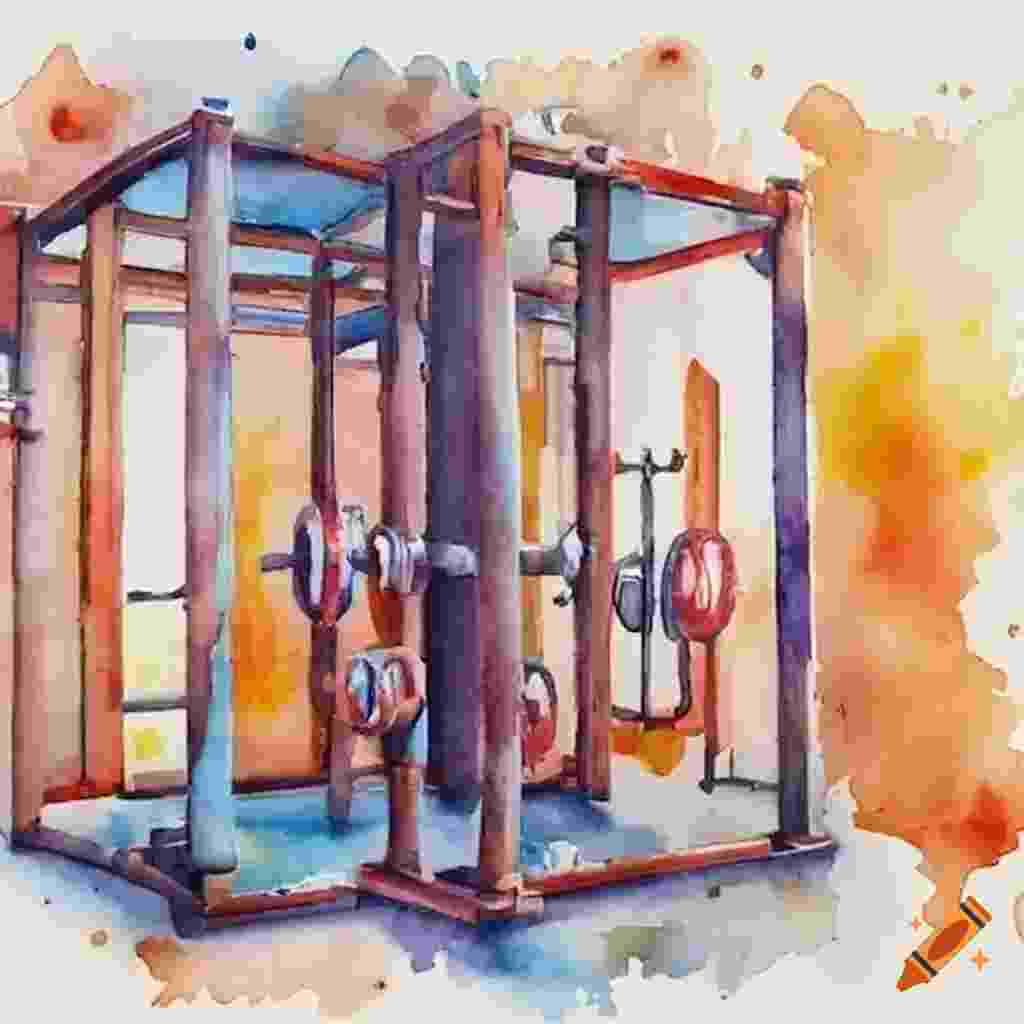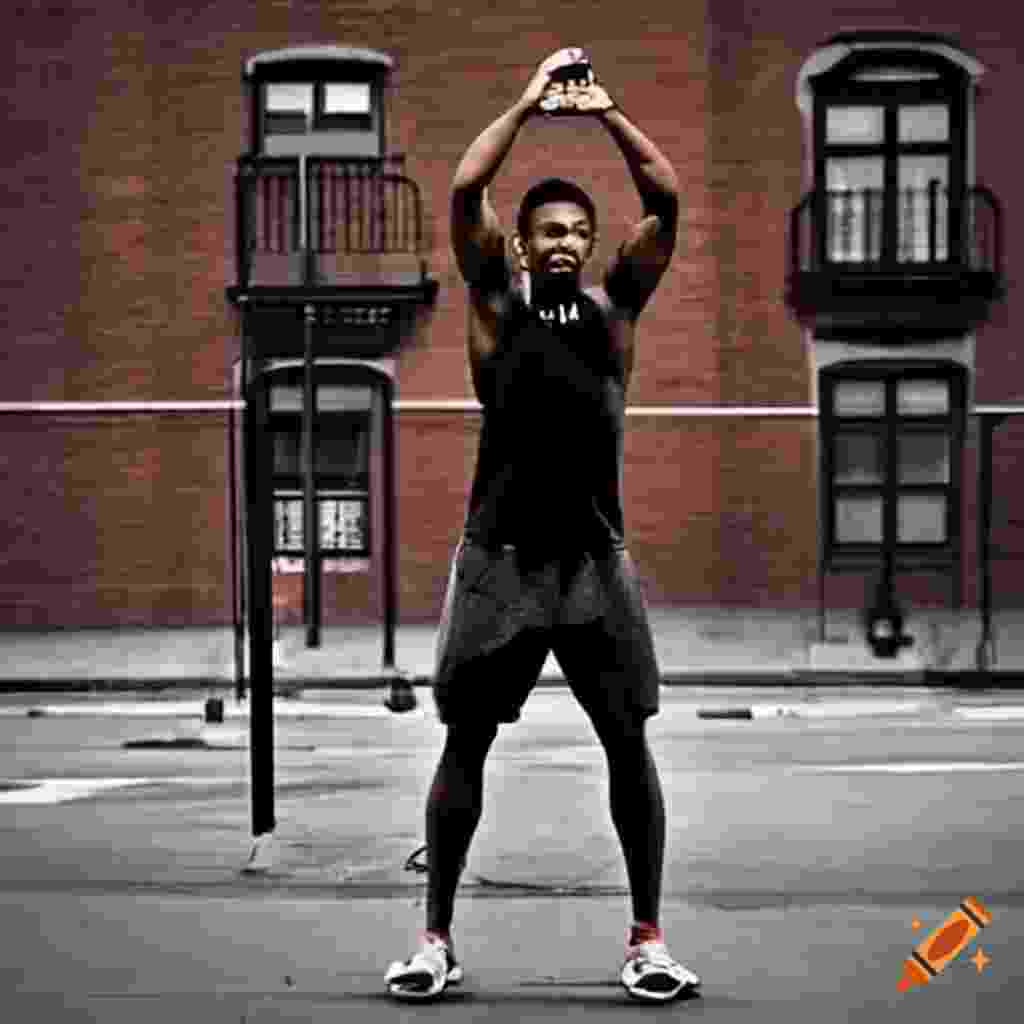Introduction
In the ever-evolving landscape of fitness, where trends come and go, one concept has stood the test of time and emerged as a cornerstone for holistic well-being: functional fitness. More than just a workout routine, functional fitness is a philosophy that emphasizes practical movements and exercises that enhance your ability to perform daily activities with efficiency and ease. In this article, we will delve into the principles, benefits, and practical aspects of functional fitness, making a compelling case for why it is the most practical form of exercise you can embrace.
Understanding Functional Fitness
Definition and Core Principles
Functional fitness is not just about building impressive muscles or achieving an aesthetically pleasing physique. At its core, it is a form of exercise that focuses on enhancing the functional capacity of the body – the ability to perform real-life activities with optimal efficiency and reduced risk of injury. The vital standards of practical wellness include:
a. Multi-joint Movements: Exercises that involve multiple joints and muscle groups, mirroring the complexity of real-life activities.
b. Balance and Stability: Emphasizing exercises that improve balance and stability, crucial for navigating daily tasks.
c. Core Strength: Recognizing the central role of the core in supporting overall body function and movement.
Versatility in Training
One of the most attractive aspects of functional fitness is its adaptability to various fitness levels and goals. Whether you are a seasoned athlete or a beginner, functional fitness can be tailored to meet your specific needs. From bodyweight exercises to incorporating resistance training, the versatility of functional fitness makes it accessible to everyone.
II. The Benefits of Functional Fitness

Improved Daily Functionality
The primary objective of functional fitness is to enhance your ability to perform everyday activities. Whether it’s lifting groceries, carrying a child, or climbing stairs, functional fitness equips you with the strength, flexibility, and coordination necessary to handle these tasks with ease.
Enhanced Joint Mobility and Flexibility
Functional fitness prioritizes movements that promote joint mobility and flexibility, reducing the risk of injury and promoting overall joint health. As we age, maintaining flexibility becomes increasingly important, and functional fitness provides an effective means of achieving this.
Prevention of Injuries
Unlike isolated exercises that target specific muscle groups, functional fitness addresses the body as a whole. By improving overall strength and coordination, it helps prevent injuries that may arise from imbalances or weaknesses in specific areas.
Increased Caloric Burn and Weight Management
Functional fitness often involves dynamic, full-body movements that engage multiple muscle groups simultaneously. This results in a higher caloric burn compared to isolated exercises, making it an effective tool for weight management and fat loss.
Mental Well-being
Exercise is not just about physical health; it also profoundly influences mental well-being. Functional fitness, with its emphasis on natural movements and varied exercises, can contribute to stress reduction, improved mood, and increased cognitive function.
III. Practical Applications of Functional Fitness
Everyday Movements
Functional fitness is designed to prepare the body for the demands of daily life. Squats, lunges, and pushing or pulling movements closely mimic activities such as bending down to pick something up, walking, or pushing a heavy door.
Functional Training for Specific Populations
From athletes looking to enhance sports performance to older adults seeking to maintain independence, functional fitness can be adapted to cater to the specific needs of diverse populations. Physical therapists often incorporate functional exercises into rehabilitation programs, promoting a seamless transition from recovery to normal daily activities.
Minimal Equipment and Space Requirements
One of the most practical aspects of functional fitness is its minimalistic approach to equipment and space. While a well-equipped gym may offer additional options, many functional exercises can be performed using just body weight or basic equipment like resistance bands and stability balls. This makes it a viable option for those who prefer to work out at home or have limited access to gym facilities.
Time Efficiency
In the present quick moving world, time is an important product.. Functional fitness provides an efficient workout by targeting multiple muscle groups simultaneously. High-intensity interval training (HIIT), often integrated into functional workouts, further amplifies the efficiency, allowing individuals to achieve significant benefits in a shorter amount of time.
IV. How to Incorporate Functional Fitness into Your Routine
Functional Movement Assessment
Before diving into a functional fitness routine, it’s essential to assess your current movement patterns and identify areas that may need attention. This can be done through a functional movement assessment, which helps pinpoint any imbalances or weaknesses that should be addressed.
Varied and Progressive Workouts
Functional fitness thrives on variety. Incorporate a mix of exercises that challenge different movement patterns and muscle groups. Progression is key – gradually increase the intensity and complexity of your workouts to continue reaping the benefits.
Consistency and Integration
Consistency is crucial in any fitness journey. To truly experience the practical benefits of functional fitness, it should become an integrated part of your lifestyle. This involves not only dedicated workout sessions but also finding ways to incorporate functional movements into daily activities whenever possible.
V. Real-life Success Stories
To illustrate the power and practicality of functional fitness, let’s explore a few real-life success stories. These individuals have embraced the principles of functional fitness and experienced transformative changes in their overall well-being.
Sarah’s Journey to Independence
Sarah, a 65-year-old retiree, struggled with joint pain and reduced mobility. Through a personalized functional fitness program, she regained strength, improved her balance, and now enjoys an active lifestyle, including daily walks and gardening.
Jake’s Athletic Performance Boost
Aspiring athlete Jake incorporated functional fitness into his training regimen to enhance his performance on the soccer field. The focus on agility, explosive movements, and core strength not only reduced his risk of injury but also elevated his game to new heights.
Emma’s Busy Mom Transformation
Emma, a busy mother of two, found it challenging to prioritize exercise in her hectic schedule. Embracing functional fitness allowed her to engage in short, effective workouts at home, ultimately boosting her energy levels and improving her ability to keep up with her kids.
VI. Overcoming Common Misconceptions
Myth: Functional Fitness Is Only for Athletes
Reality: While functional fitness is beneficial for athletes, its principles are applicable to individuals of all fitness levels and backgrounds. The focus on practical movements makes it a versatile and inclusive approach to exercise.
Myth: Heavy Weights Are Necessary for Results
Reality: Functional fitness is not solely reliant on heavy weights. Body weight exercises, resistance bands, and functional movements can be equally effective in building strength and improving functionality.
Myth: It’s Too Complicated for Beginners
Reality: Functional fitness can be as simple or as complex as needed, depending on individual goals and fitness levels. Beginners can start with basic movements and gradually progress as they become more comfortable and confident.
Conclusion
In conclusion, functional fitness stands out as the most practical form of exercise due to its focus on movements that directly translate to real-life activities. Its versatility, adaptability, and emphasis on overall well-being make it an accessible and effective approach for individuals of all ages and fitness levels. By incorporating functional fitness into your routine, you not only enhance your physical capabilities but also cultivate a mindset that extends beyond the gym, promoting a healthier and more fulfilling lifestyle. As we navigate the complexities of modern life, functional fitness emerges as a beacon of practicality, guiding us towards a more active, resilient, and vibrant future.



Average Rating